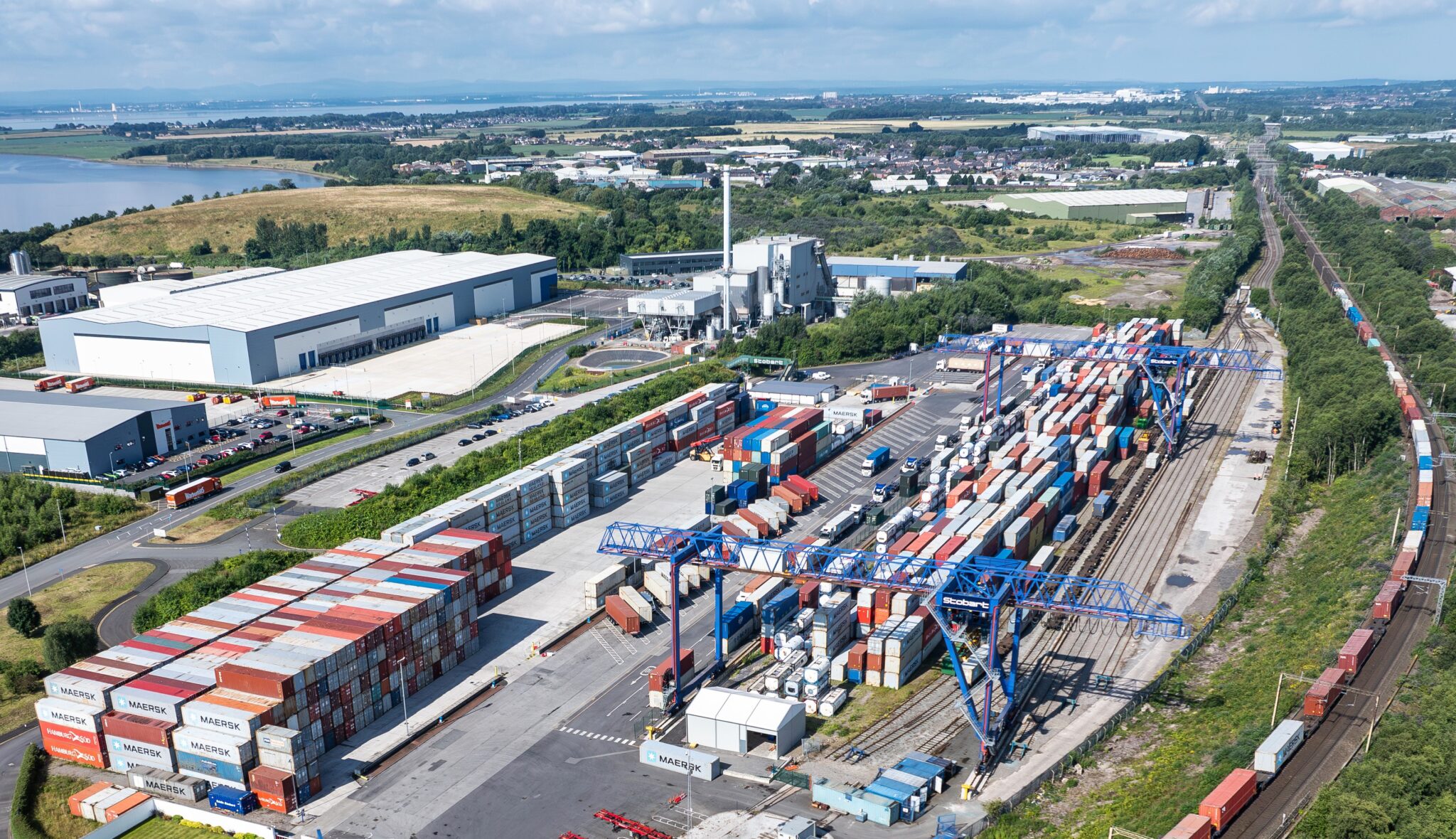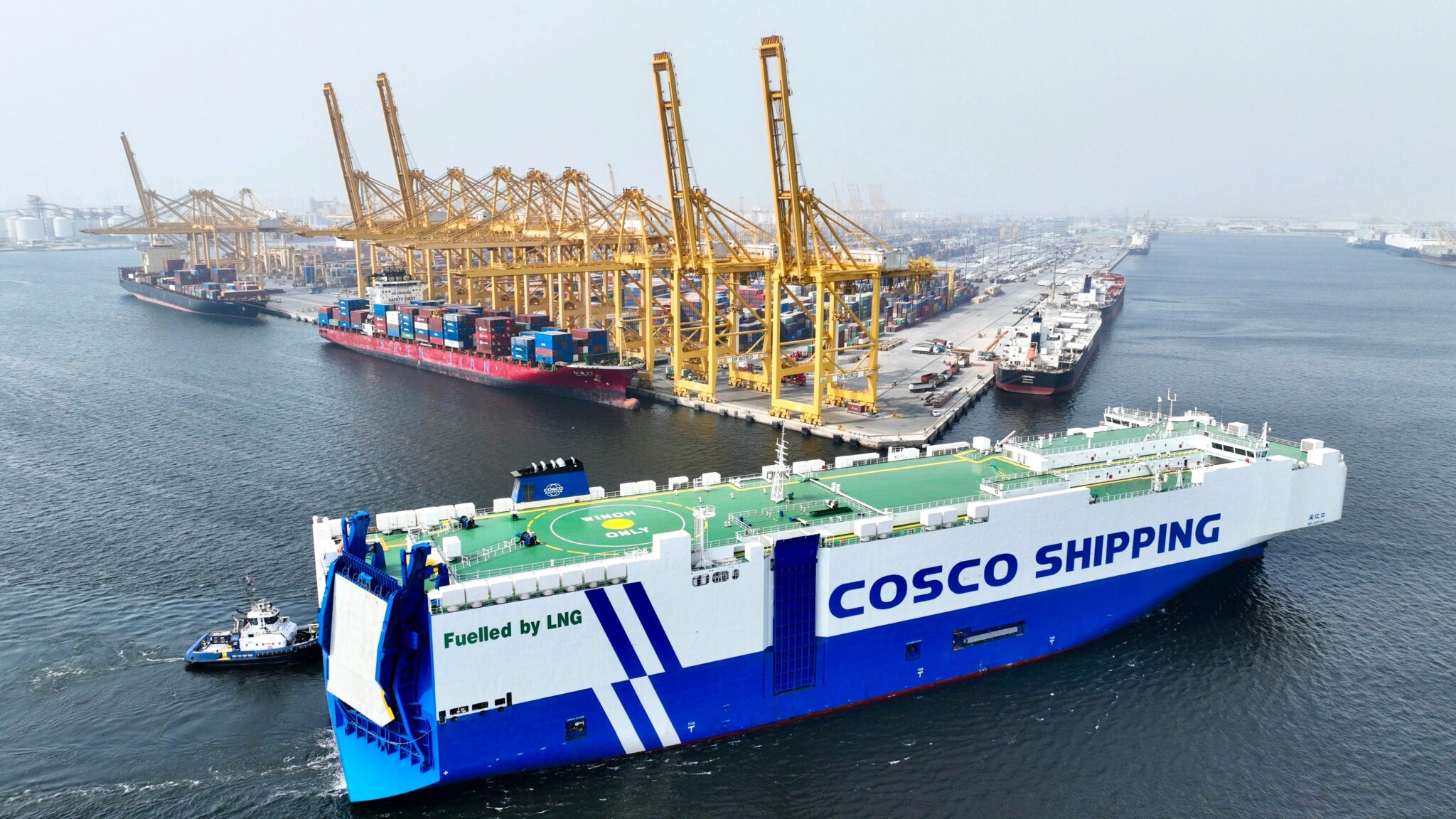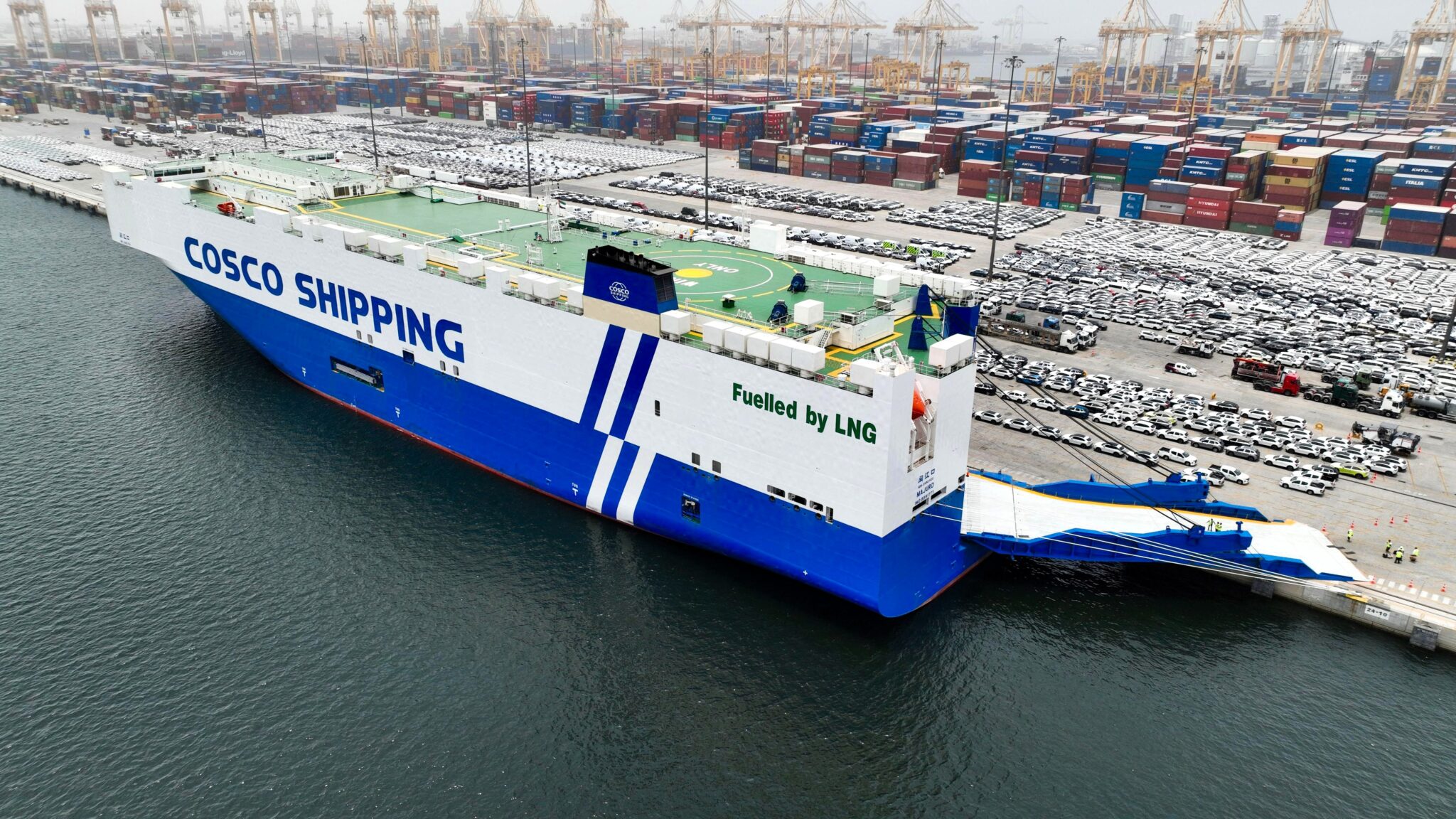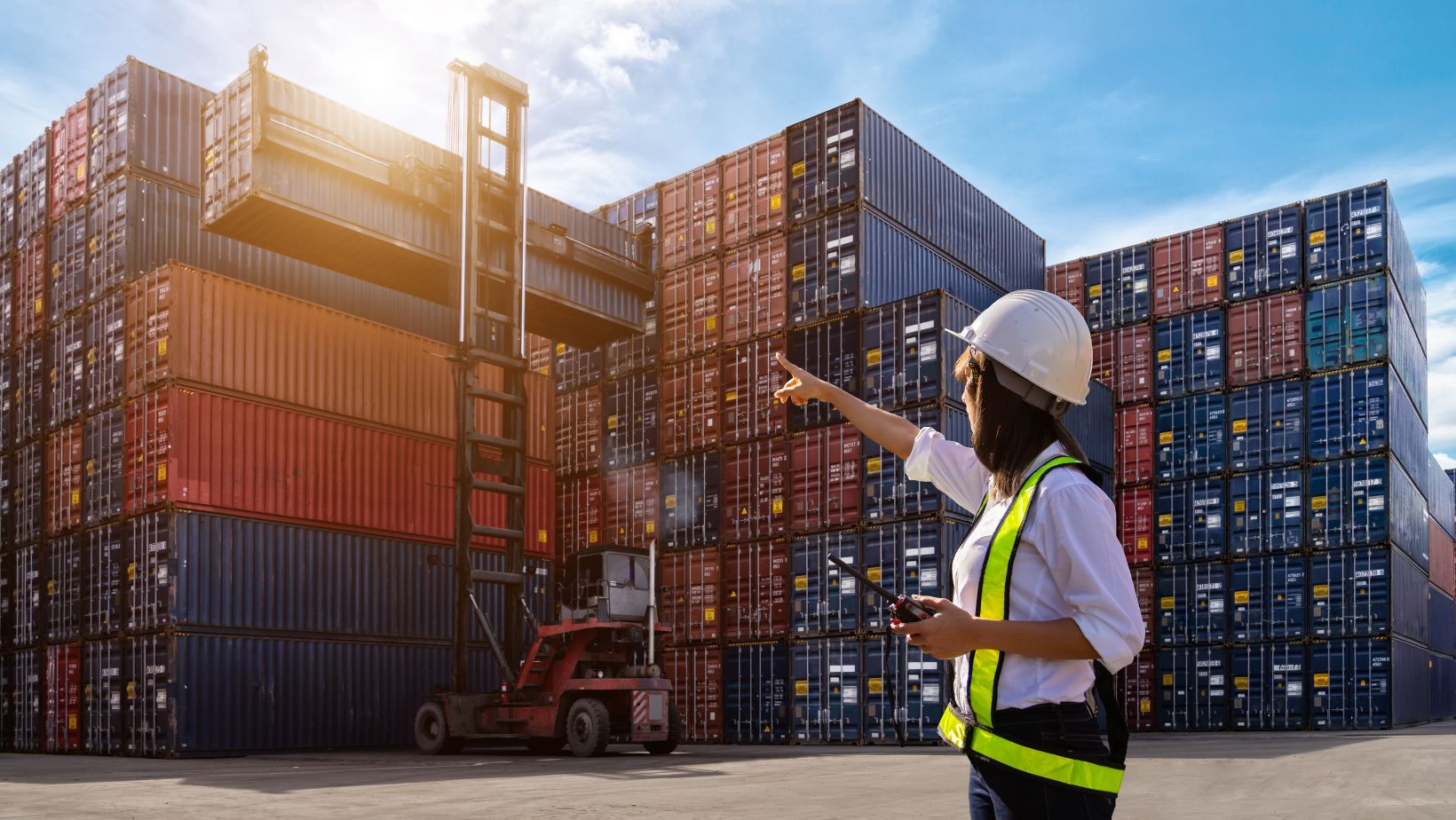A custom-designed storage solution from META was recently handed over to its customer Ananas E-Commerce in Belgrade and successfully put into operation. This efulfilment centre ideally demonstrates the expertise that META offers global customers with its META-ILS system (ILS = Innovative Logistic Solutions).
The company Ananas E-Commerce was founded by Delta Holding in 2020 and brings together customers, retailers and employees in Serbia, North Macedonia, Montenegro, Bosnia and, in the future, other regions on a digital platform. This marketplace enables customers to compare offers from various retailers based on price, delivery speed and ratings – Ananas has revolutionised the e-commerce industry in the Balkans and aims to be the premier choice for online shopping in the region.
In addition to e-commerce, Ananas is now also concentrating on the development of AdTech, FinTech services, a strong marketplace platform and the retail sector. One of the company’s particular strengths is its logistics division. Their new building now put into operation means they have a state-of-the-art, 10,000 square metre efulfilment centre with advanced META warehouse solutions such as the pick tower system as well as a conveyor system with a length of 700 metres, thus enormously increasing productivity and cutting order throughput times to a minimum.
Under the name META-ILS (ILS = Innovative Logistic Solutions), META offers individual customer solutions for complex tasks within the field of warehouse automation with conveyor technology. Customers worldwide thereby benefit from efficient conveyor technology in tandem with premium-quality storage technology.
It was precisely this expertise that was the focus of the construction project for Serbian client Ananas E-Commerce in Belgrade. META won the contract for this outstanding project not least due to its many successful references in this sector and its professional expertise with META-ILS. This once again demonstrates that the company based in Arnsberg, Germany is gaining access to projects that could not previously be served.
At the centre of the Belgrade project was the perfect combination of the tried-and-tested standard shelving systems, a wide variety of conveyor systems and connection to the company software.
The storage of consumer goods with A to Z diversity requires flexible storage options with rapidly adaptable systems. Four-storey META MULTIFLOOR shelving was therefore installed as a stationary system to ensure flexible storage of the wide variety of products. With the META MULTIFLOOR shelving system, designed as a comprehensive modular system, it is possible to respond even better to highly diverse storage needs, offering a much wider range of applications. Steel construction platforms and components with pallet transfer gates are connected to the shelving system.
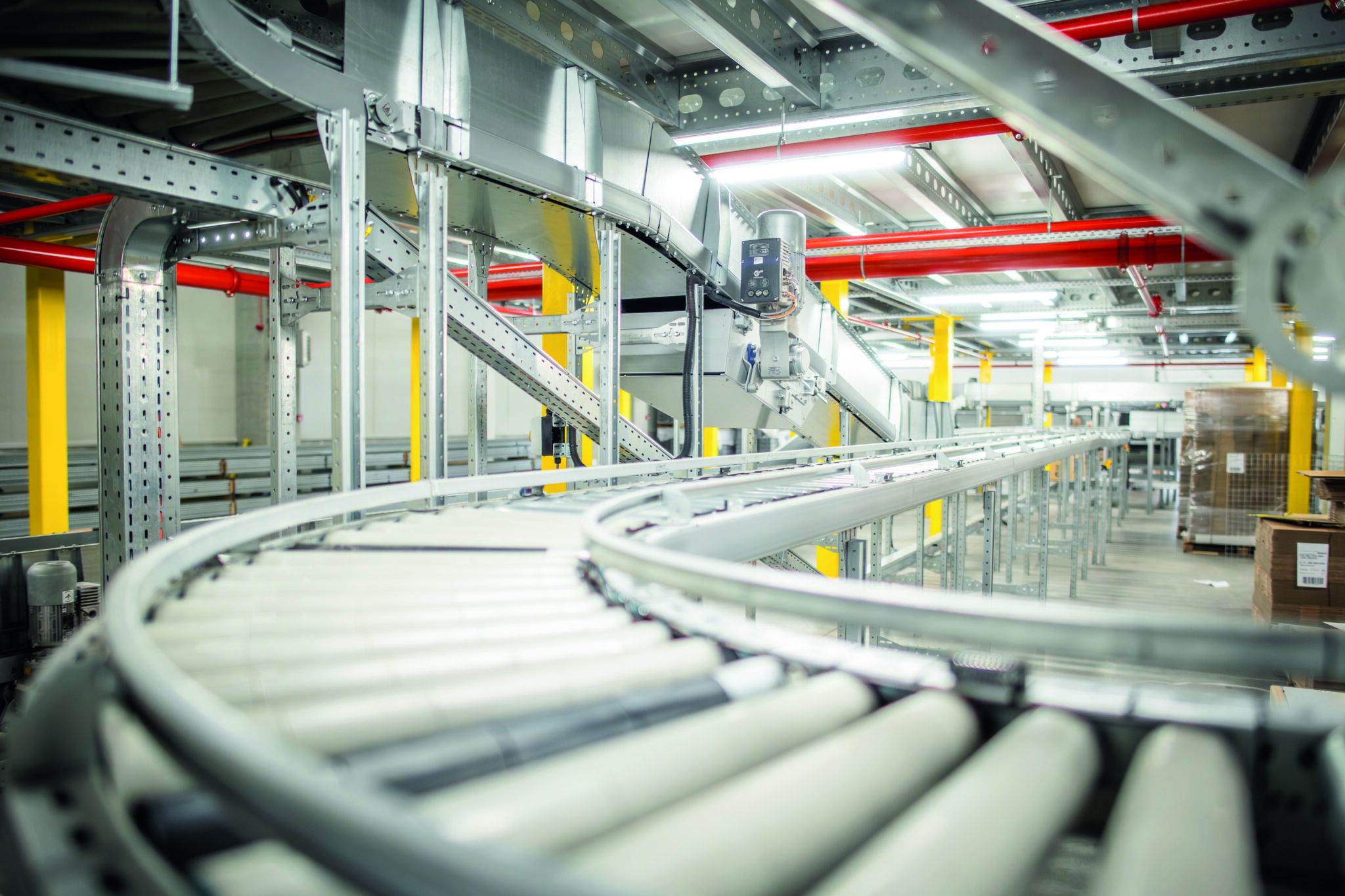
Automated goods and container transport is highly efficient thanks to roller and belt conveyors as well as vertical conveyors across all warehouse levels, and covers the entire logistics chain from goods receipt to dispatch. The identification systems implemented ensure correct internal transport routes. Work tables installed in the goods receipt, sorting and packaging areas round off the facilities for the entire flow of goods.
“It was a real pleasure to have such a professional partner for this demanding project. It was our first time working on equipping the Ananas efulfilment centre, which is why expertise, commitment and appropriate support were absolutely decisive for us,” explains Mladen Jezdić, Head of Supply Chain at Ananas E-Commerce, about his company’s collaboration with META. “The result of the teamwork is yet another revolutionary transformation that Ananas will realise in the region’s e-commerce market – and it’s the most modern efulfilment centre in this part of Europe.”
Similar news





